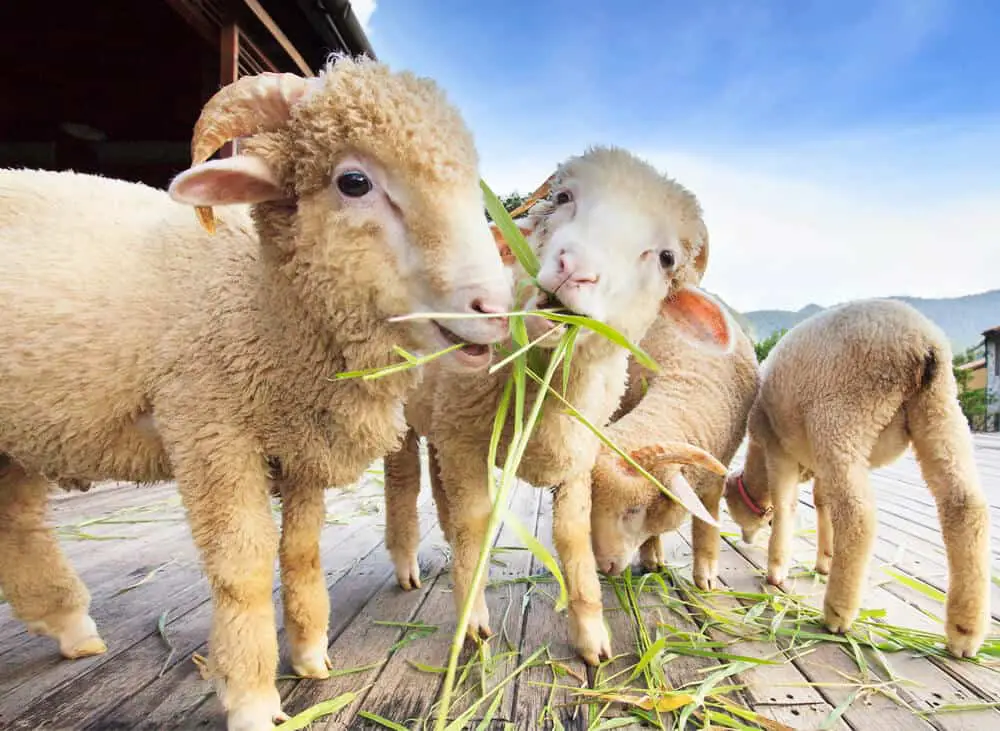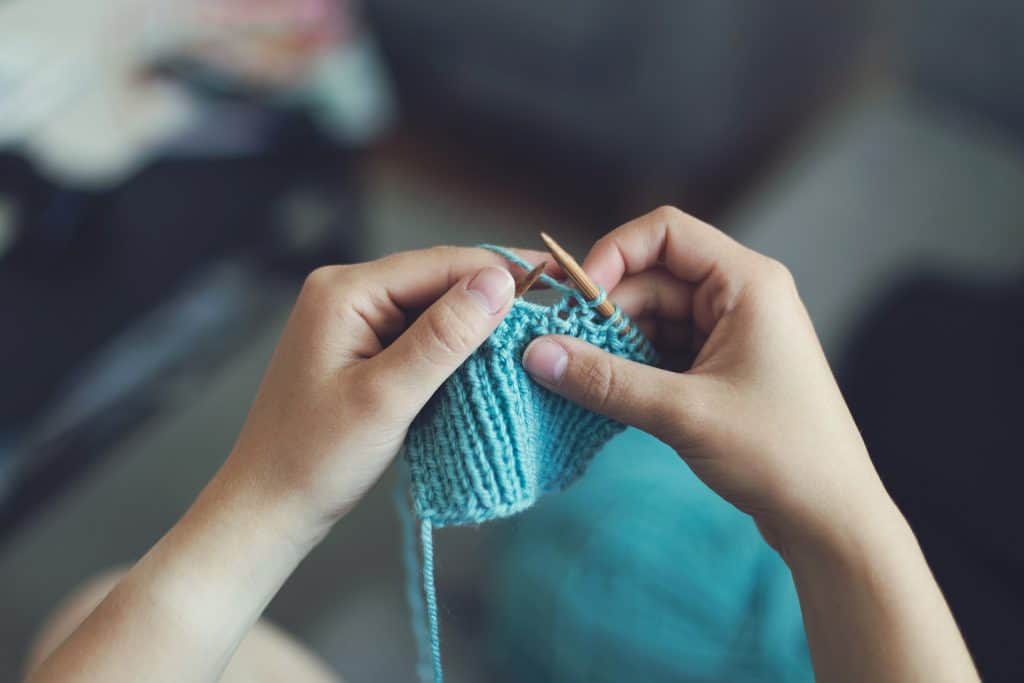Merino wool is one of the rare materials that is moisture and odor-resistant, dries very fast, and keeps you warm without feeling being heavy.
Although Merino wool is popular and frequently found in certain garments, what are the benefits and disadvantages of the material?
There are situations where merino wool is the best option and others where the negatives outweigh the benefits of the material.
By the end of this article we’ll have covered:
- What makes up Merino wool
- Its unique and useful properties
- What benefits you’ll get from the wool material
- Every negative aspect of merino wool
After going through each section we’ll have learned everything there is to know about merino wool!
What is Merino Wool Made of?
Merino wool is made of fine natural fibers that are grown by Merino sheep each year. It’s a renewable material and these fibers are much thinner and softer than other wool types. There are a few components that can be found in wool materials, including keratin, calcium, fat, and sodium.
Properties of Merino Wool
Soft and Comfortable
Thin merino fibers make this wool material very comfortable when pressed up against the skin. The fibers are small and flexible which makes it easy for the material to bend and fit the shape of the body they’re worn on.
Merino wool is also much softer and lightweight than other wool materials and natural silk.
Breathable
For physical activities like hiking or camping, it’s nice to have a material that lets moisture escape like sweat or water. The design and construction are very breathable when using wool fibers from Merino sheep.
Socks that are made of merino wool will dry quickly and keep your body cool and dry throughout the day.
Absorbent
If the wool gets wet from water or sweat, the material will soak up and absorb then moisture before releasing it through the fibers. These moisture-wicking properties keep your clothes and body dry in all weather climates and conditions.
Benefits of Merino Wool
Sustainable
Merino wool is commonly used in sweaters, socks, shirts, hoodies, and underwear, and one reason it’s such a good option is because of its natural growth. These Australian sheep produce a new fleece each year which makes the material renewable and sustainable.
It’s also 100% biodegradable and will completely decompose over a couple of years in the soil.
Odor Neutralizing and Resistant
With antibacterial properties built-in, the wool is great for keeping away strong odors that can build up over time. The main way it neutralizes bad smells is by regulating temperature which then means less sweat.
It’s not uncommon for people to wear merino wool multiple times before having to wash and clean the material.
Temperature and Moisture Regulating
Like we talked about above, merino wool is amazing at reducing and cutting away the moisture from your body. That means if it’s cold out the merino wool will retain the heat and stay warm, and when it’s warm out it will regulate to keep you cool.
Even while doing activities that make you sweat, you’ll feel comfortable in the clothes whether it’s warm or cold out.
Disadvantages of Merino Wool
Higher Cost
There are a few factors that go into the expensive cost of merino wool clothing, and for a lot of people, the extra cost just isn’t worth it. It takes a long time for wool to grow and a lot of money to take care of sheep.
Hence, the raw material is more scarce, which instantly raises the price up. Combine that with the fact that it requires almost two times as much merino wool compared to other materials, the higher cost makes sense.
Durability
Garments made out of merino wool often have issues with how long they can last before becoming damaged or ruined. Depending on the quality of the brand that’s using the material, these shirts or socks are more prone to ripping and having holes develop in less time.
The more frequently you wash the material the more likely it is to have issues like pilling or thinning until holes develop.
Cleaning Process
Anything made out of merino wool can shrink or get damaged if it’s not washed and cleaned correctly. There are a few guidelines on washing merino wool that includes using a gentle cycle, avoiding the dryer, and limiting how often you wash it.
Although careful washing and drying can increase merino wool longevity, it can be true pain when you need to do laundry on the go. The main thing to watch out for is how you dry the garments, otherwise there’s a good chance the wool will shrink if not washed correctly.
Check here for a step-by-step guide on cleaning merino wool.
Material Can Cause Scratching and Itching
Even though merino wool is a lot softer and more comfortable than other materials, it’s still wool and can feel itchy to some people. There are a few ways to make the wool feel less itchy, although they don’t make a huge difference overall.
If you find the material to be slightly uncomfortable or itchy in general, I recommend trying some of the tactics above before deciding to stop wearing merino wool.



